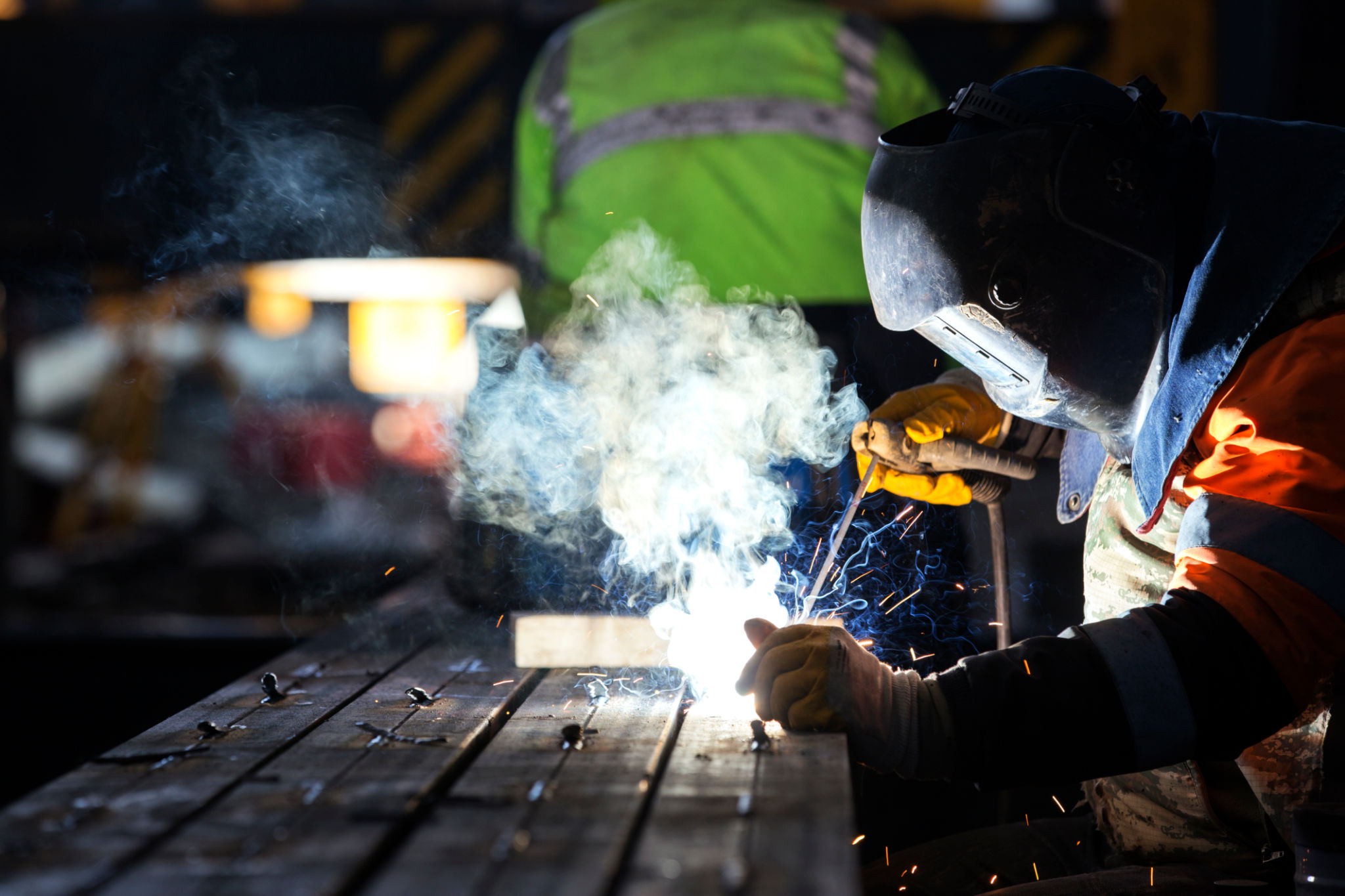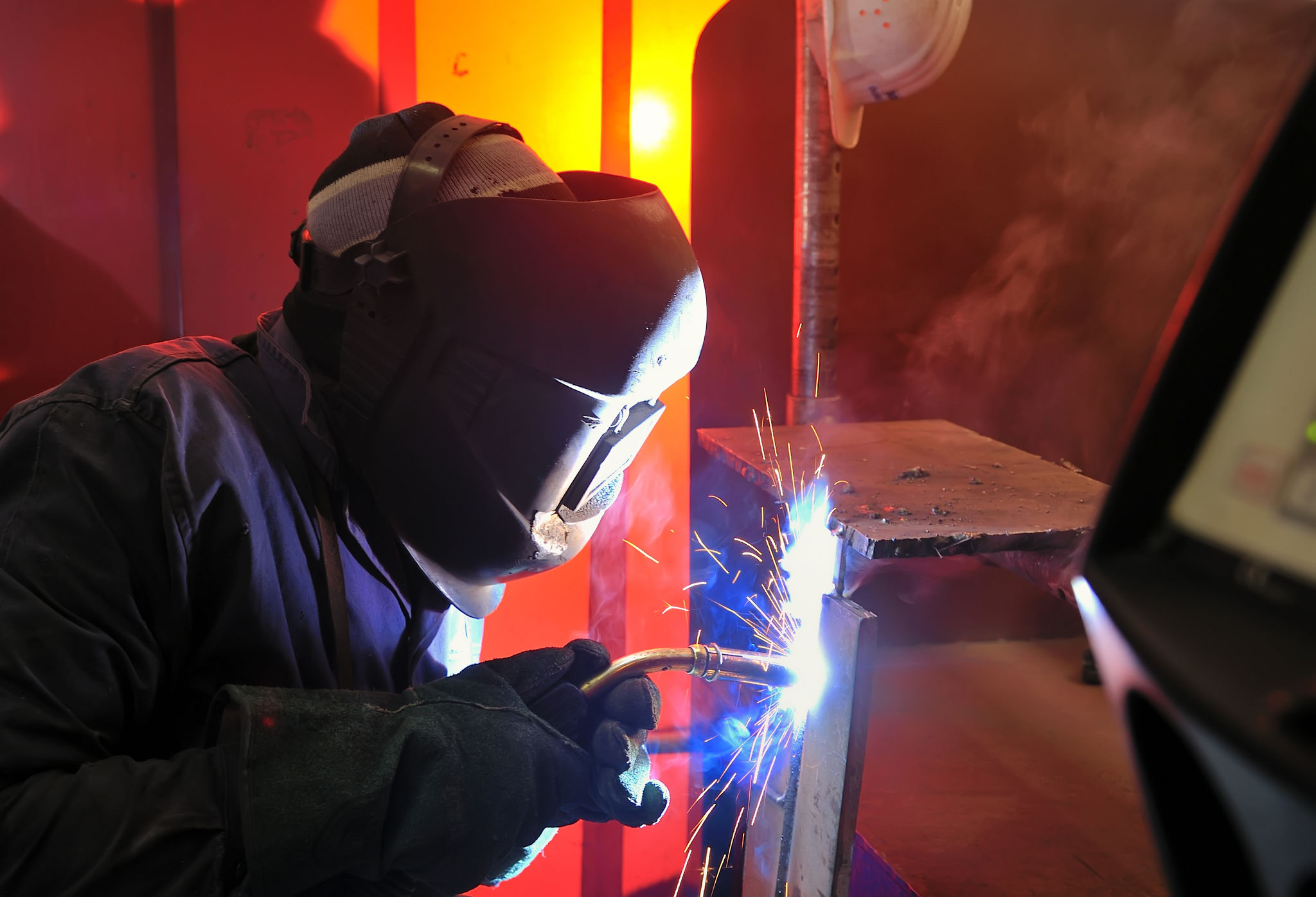Comparing Welding Methods: Which Technique is Best for Your Needs?
Understanding Different Welding Methods
Welding is a critical process in various industries, from construction and manufacturing to automotive and aerospace. Selecting the right welding technique for your specific needs is essential to ensure the quality and durability of the final product. In this blog post, we'll explore the most common welding methods and help you determine which one might be best for your project.
There are several factors to consider when choosing a welding technique, including the type of materials being welded, the environment in which the welding will take place, and the desired strength of the weld. Let's dive into some of the most popular welding methods and their unique characteristics.

Shielded Metal Arc Welding (SMAW)
Also known as stick welding, Shielded Metal Arc Welding (SMAW) is one of the most widely used welding processes. This technique uses an electrode coated in flux to lay the weld. As the electrode melts, it creates a gas shield that protects the weld from contamination.
Advantages of SMAW
- Versatility: Can be used on a variety of metals, including steel, iron, and aluminum.
- Portability: SMAW equipment is relatively portable, making it suitable for on-site work.
- Cost-effective: Generally low cost compared to other welding methods.

Gas Metal Arc Welding (GMAW)
Commonly referred to as MIG (Metal Inert Gas) welding, Gas Metal Arc Welding is another popular technique. This process uses a continuous wire feed as an electrode and an inert gas mixture to protect the weld pool from contamination.
Benefits of GMAW
- Efficiency: Faster welding speeds compared to SMAW.
- Ease of use: Ideal for beginners due to its straightforward operation.
- Clean welds: Produces minimal spatter and requires less post-weld cleaning.

Tungsten Inert Gas Welding (TIG)
Tungsten Inert Gas (TIG) welding, also known as Gas Tungsten Arc Welding (GTAW), uses a non-consumable tungsten electrode to produce the weld. A shielding gas, usually argon or helium, is used to protect the weld area from atmospheric contamination.
Advantages of TIG Welding
- Precision: Offers a high degree of control for precise and clean welds.
- Quality: Produces high-quality and aesthetically pleasing welds.
- Diverse applications: Suitable for thin materials and exotic metals like titanium.

Factors to Consider When Choosing a Welding Method
Selecting the right welding method depends on various factors. Consider the type of material you're working with, the position and environment of the weld, and the required strength and appearance of the weld. Also, take into account any budget constraints and the skill level of the welder.
Each welding method has its unique strengths and potential drawbacks. By understanding these differences, you can make an informed decision that aligns with your project's specific requirements. Whether you're working on a small DIY project or a large industrial application, choosing the appropriate welding method will ensure success.